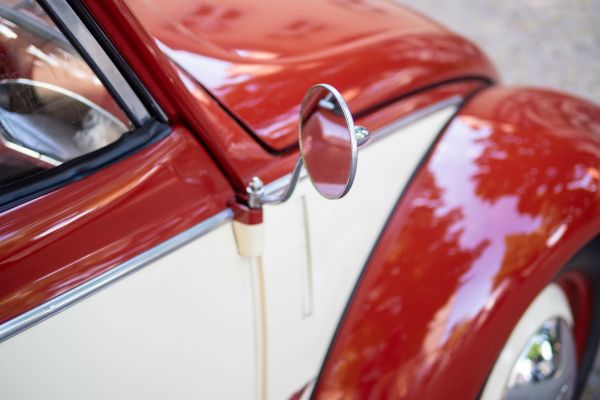The Volkswagen Beetle continues to charm drivers with its unique design and iconic place in automotive history. From its early beginnings to its status as a counterculture symbol, the Beetle is more than just a vehicle—it’s a cultural milestone. Yet, one question becomes increasingly relevant to Beetle enthusiasts and environmentalists as the world shifts toward sustainability: can you make a Volkswagen Beetle eco-friendly?
The Beetle’s History and Status
Introduced in the 1930s, the Beetle became a global phenomenon, showcasing German engineering excellence and simple, reliable design. It developed a reputation for being a car for the masses, which the ’60s counterculture reinforced. With its cute round shape, the Bug truly wormed its way into the public’s heart.
Now, as eco-consciousness enters every aspect of our lives, the Beetle stands at a crossroads. Can one of the most beloved cars transition into an eco-conscious vehicle? It’s a question many are pondering.
Green Technology’s Impact
Legislative and social pressures have caused the auto industry to become more eco-friendly. These regulations and requests have heralded a move toward electric and hybrid vehicles, marking a significant turning point in automotive history. Concepts like greater fuel efficiency, low emissions, and recyclable materials have become critical selling points.
But how does this transition play out for a car like the Beetle, with its distinctive shape and historical construction?
Beetle Design Analysis
Though compact and charming, the traditional Beetle does not score high on modern eco-factors. Air-cooled engines, for example, are less efficient than the water-cooled ones commonly found in today’s vehicles. This car’s overall lack of aerodynamics is another hurdle in achieving high fuel efficiency. The Beetle’s charm, however, lies in its simplicity, making it a prime candidate for customization and innovation.
Restoration and Upcycling As Solutions
One approach to making the Beetle more green is through upcycling. Using eco-friendly materials like sustainable leather, bamboo fiber, and recycled plastics can update the Beetle’s interior without compromising its vintage appeal. Reupholstering the VW Bug’s seats and interior can breathe new life into an older model, making it stylish and environmentally conscious. For car enthusiasts, this process enhances the car’s longevity and allows for even more personal expression.
Electric Dreams for the Beetle
A more radical but promising path is retrofitting old Beetles with electric engines. The conversion to electric power drastically reduces the car’s carbon footprint while preserving its original character. Many enthusiasts use vintage Volkswagen Beetle restoration guides to aid them in the process.
Can you make a Volkswagen Beetle eco-friendly? It’s not just an idea—it’s a possibility within reach. It embodies the principle of sustainable living without sacrificing the joy of driving a classic car. For the Beetle to continue its legacy into the next era of transportation, it must adapt and innovate while staying true to its roots. Now, one question remains: are you ready to drive into a greener future for Beetle lovers?



